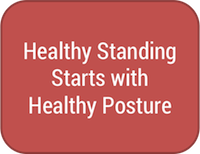 This is the detailed breakout of the Enhancing Your Posture portion of the Quitting Sitting Transition Plan. You can view the main index of the plan here, or have it emailed to you, instantly, in full.
This is the detailed breakout of the Enhancing Your Posture portion of the Quitting Sitting Transition Plan. You can view the main index of the plan here, or have it emailed to you, instantly, in full.
After the first 1-2 weeks, you may start to feel more agile and productive using a standing desk for certain tasks.
Once you’re used to standing, we suggest trying to avoid sitting for more than an hour at a time. Get up for a standing-desk break, water break, or just some fresh air.
When you do stand, it’s important to stand well. Here we’ll cover exactly what healthy standing posture involves.
Here are the basics of standing tall with balanced posture:
Try using the above steps to “set your posture” when you walk up to the standing desk. It’s a great starting position, creating good muscle memory habits when approaching your standing desk.
Here’s how to do it in a quick 40 second video:
Keep that Butt Tight
A key feature of healthy standing is activation of the glut muscles. When sitting, these strong hip-hinging muscles are stretched, less active, and often weaker than they should be.While introducing more standing into your work day, making sure to activate and use your gluts while moving is key for preventing back pain and standing fatigue. Below we will go into detail on how to properly use your glut muscles and how to strengthen them to enhance your posture.
Hip hinging is a natural motion that involves bending the torso forward at the hips (leg joint right below the low back), rather than bending at the spine which is less flexible than the hips and more prone to injury. This motion uses the large glut muscles and takes pressure off the delicate low back joints. When standing keeping these muscles mildly activated will help with stability and endurance, and create lasting muscle memory.
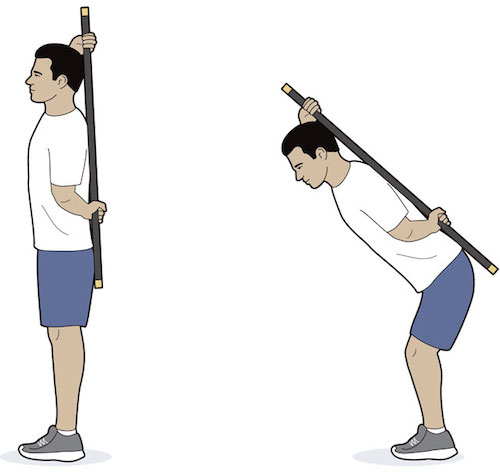
Bend at the hips, but keep your back ram-rod straight.
It’s important to learn hip hinging because it will help strengthen and bring needed awareness to the underused glut muscles that often sit dormant with years of sitting. It will also help you correct faulty movement patterns often associated with poor seated posture, like bending with the low back rather than at the hips.
With years of sitting some very important muscles have become underutilized. We included some basic exercises to help you re-discover your gluts, and learn how to properly bend at the hips.
While standing straight up put your weight towards your heels and squeeze your buttock muscles together; feel them activate. Now bend forward at your hips as if to actively engage at a task on your desk. Make sure your back is straight, but your tail bone pushes backwards so that you feel a stretch in the hamstrings. This motion uses the hips to hinge forward while the spine remains relatively straight.
The following exercises will help reinforce these two components:
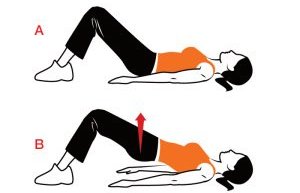
Pelvic Bridging Exercises – Click here to learn more.
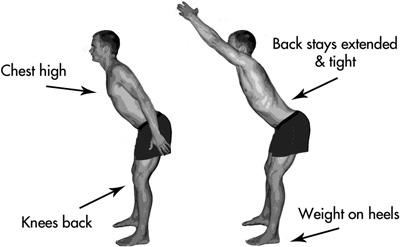
Foundation Training – Watch the instructional video below.
Again, the goal of these exercises is to help you engage and use muscles that have been underutilized with years of sitting. With any change in posture and exercise, moderation must be used and it should be understood that there will be a period of new aches and pains as the body begins its adaptation.
![[Image Credit]](https://quittingsitting.com/wp-content/uploads/2014/09/chart_change_pressure.gif)
This graph shows pressure on the spine in various positions; notice that sitting puts more pressure on spinal discs than does standing. [Image Credit]
Learn something new? Excited to work on healthy posture? Let us know in the comments.
Get the full plan, view the plan index, go back to Part 1 or go on to Part 3.
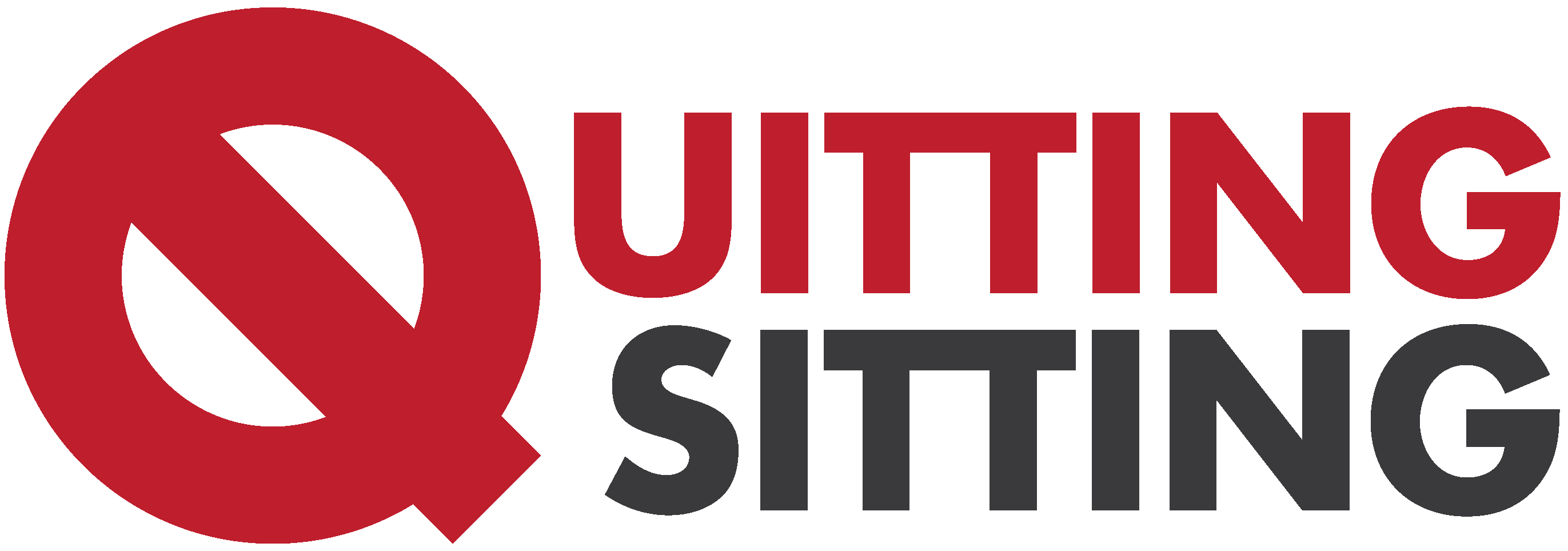





[…] Get the full plan, view the plan index, or go on to the detail section of Part 2 – Enhance Your Posture. […]
[…] the posture section to learn how to hold a straight / neutral spine while standing, and how to engage your glut muscles […]
[…] Your Ideal Standing Posture with Healthy […]